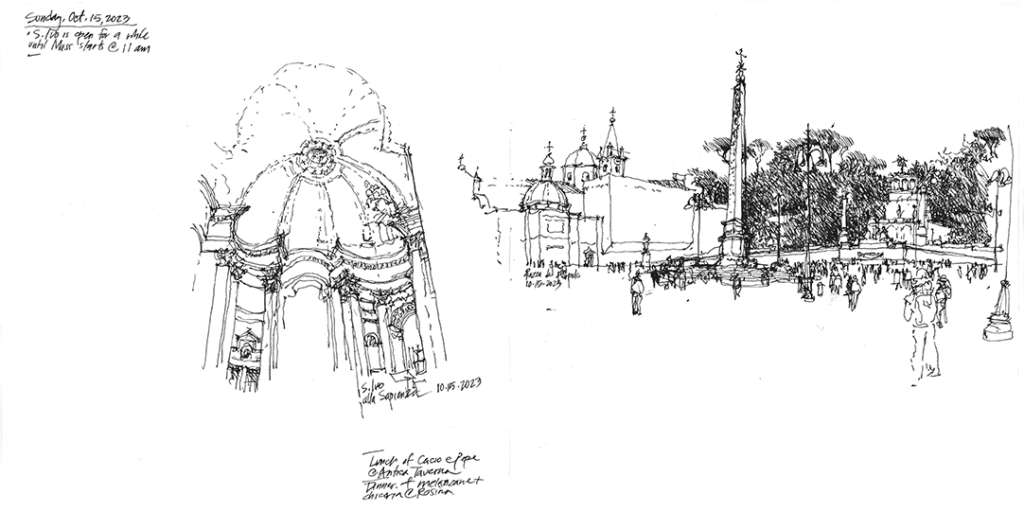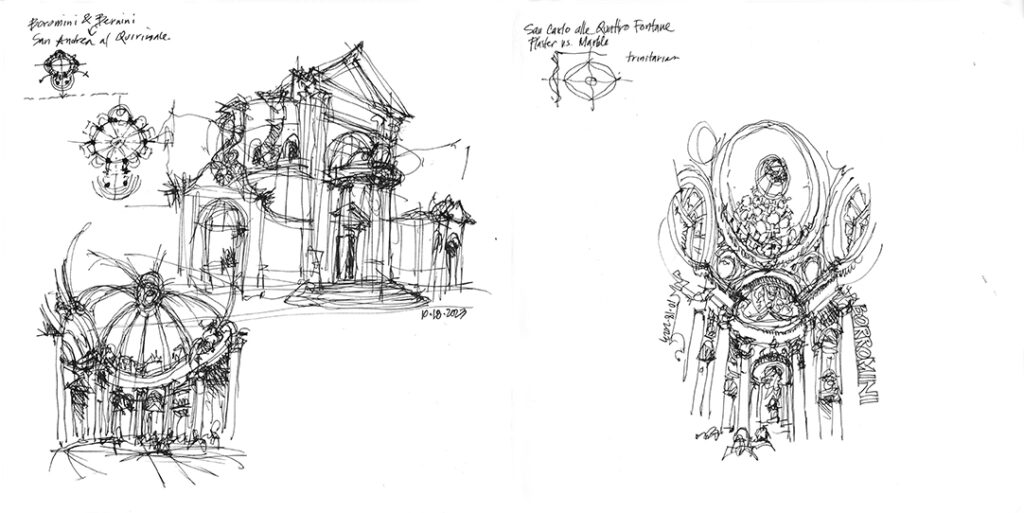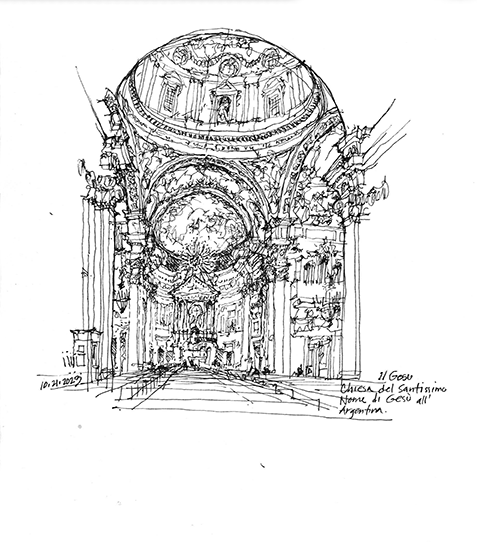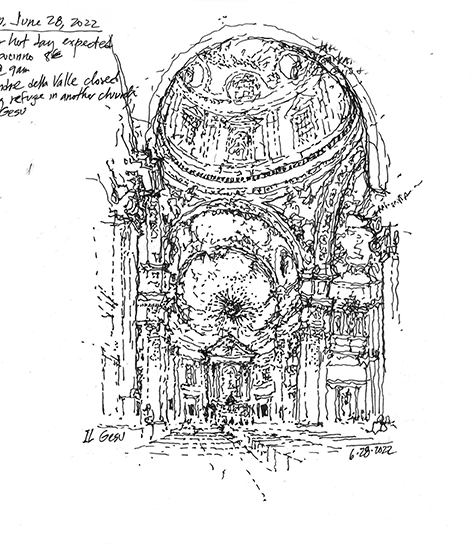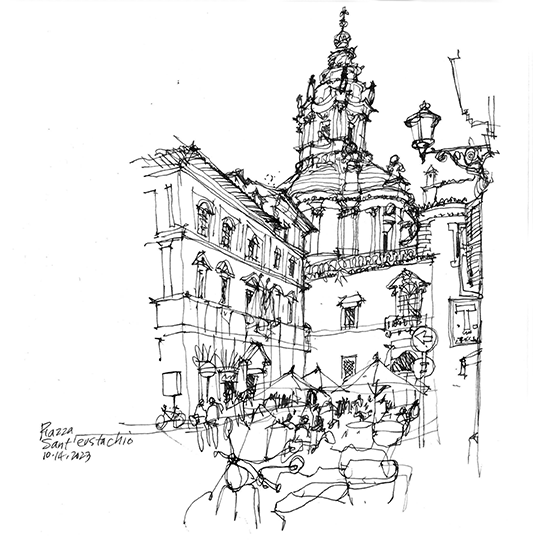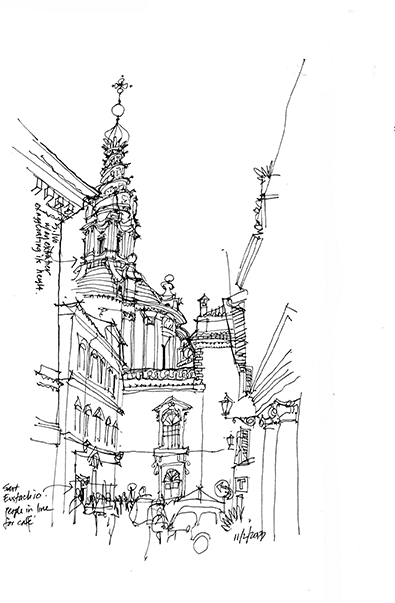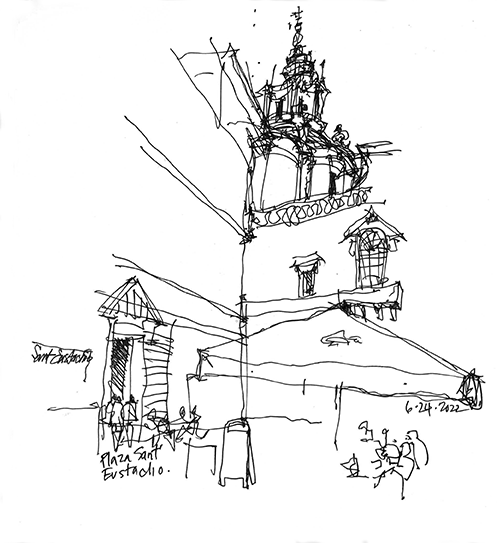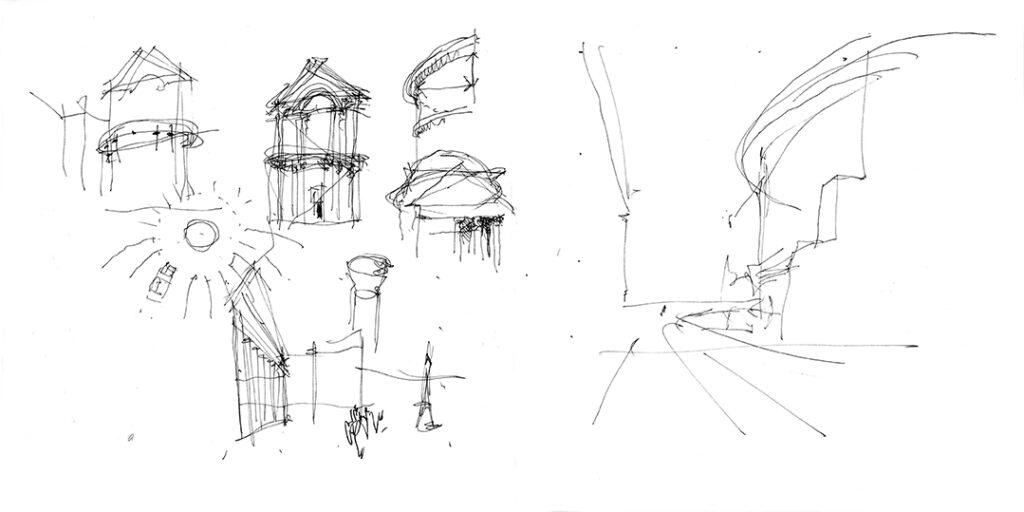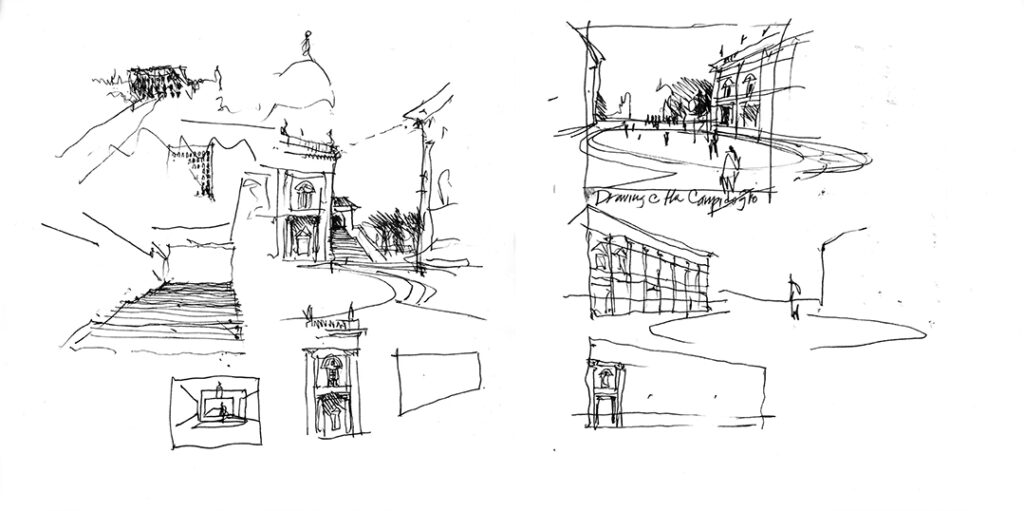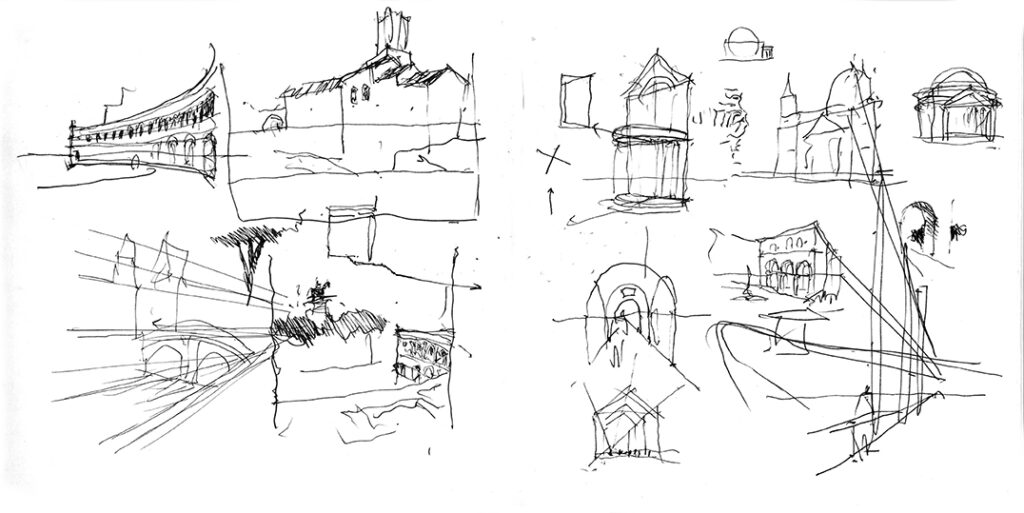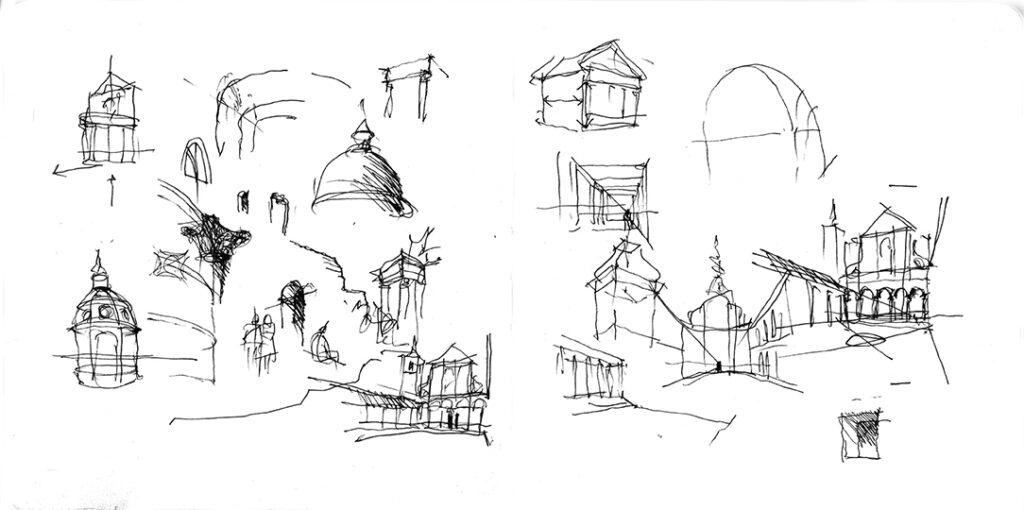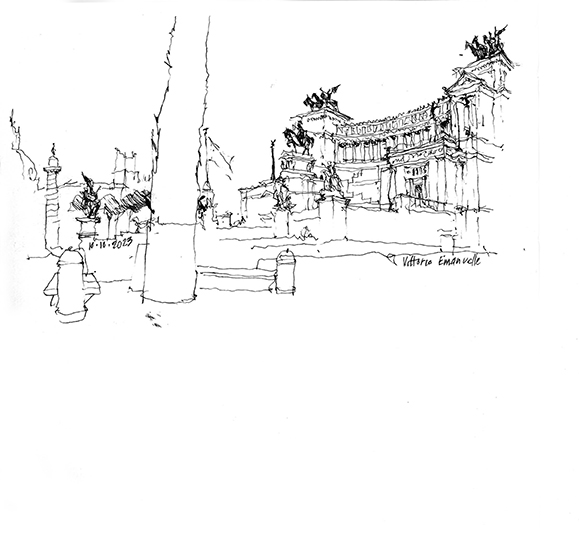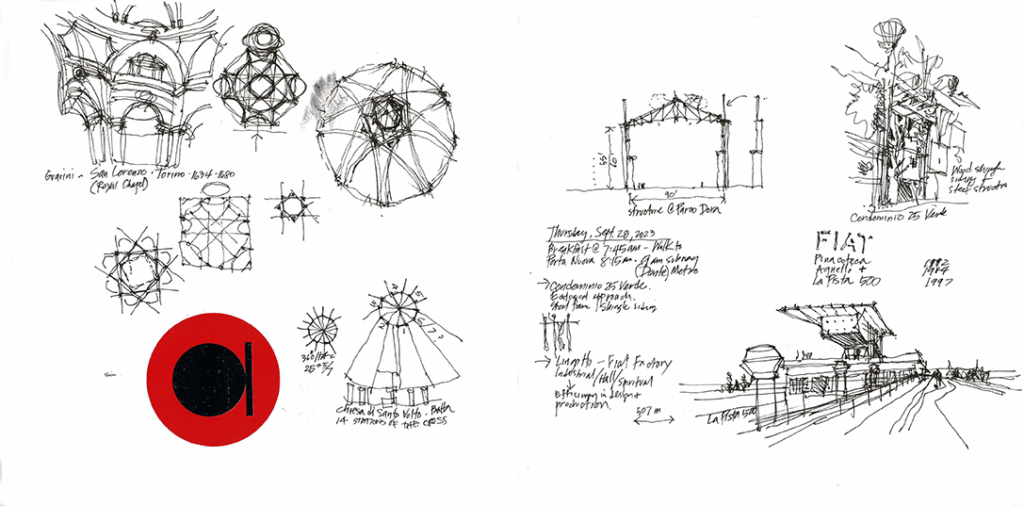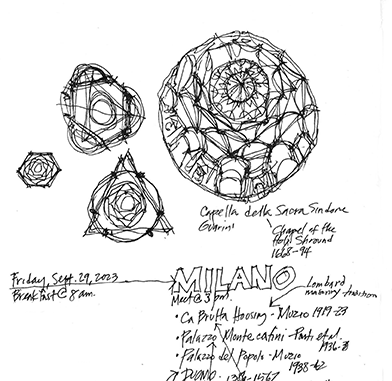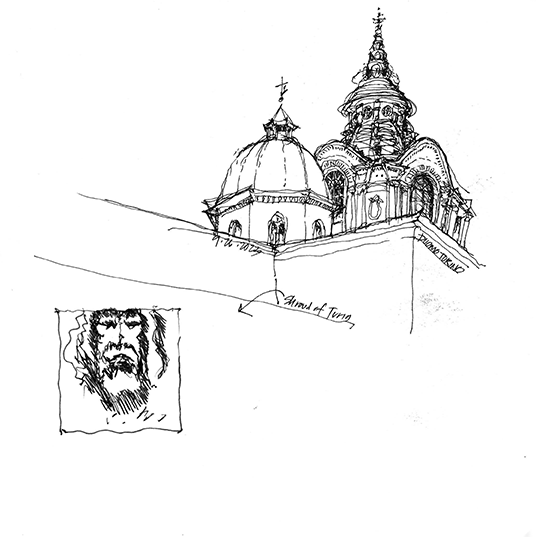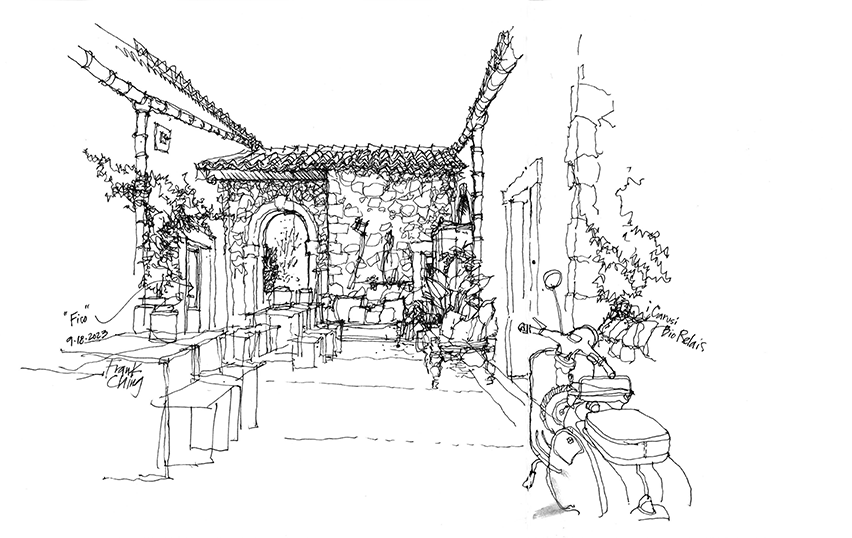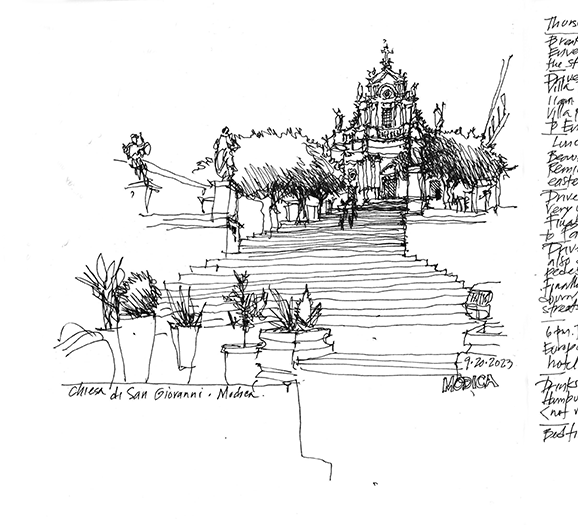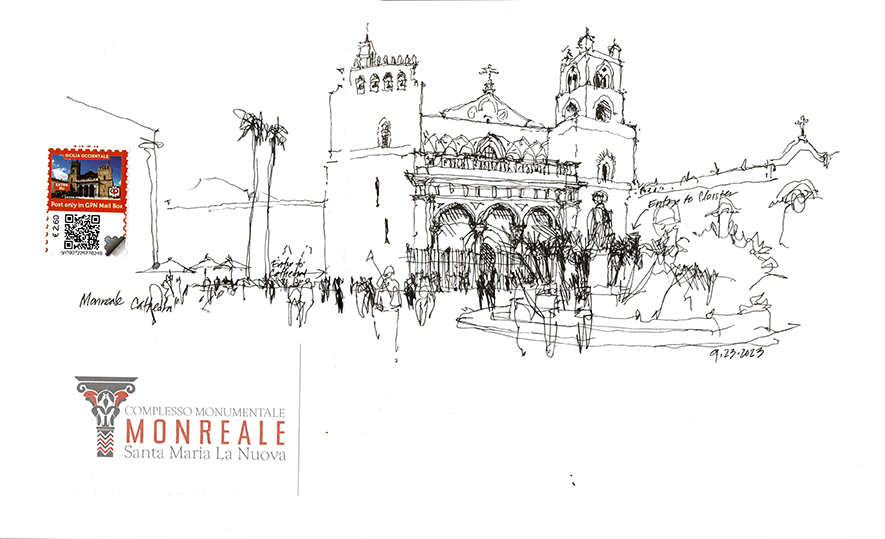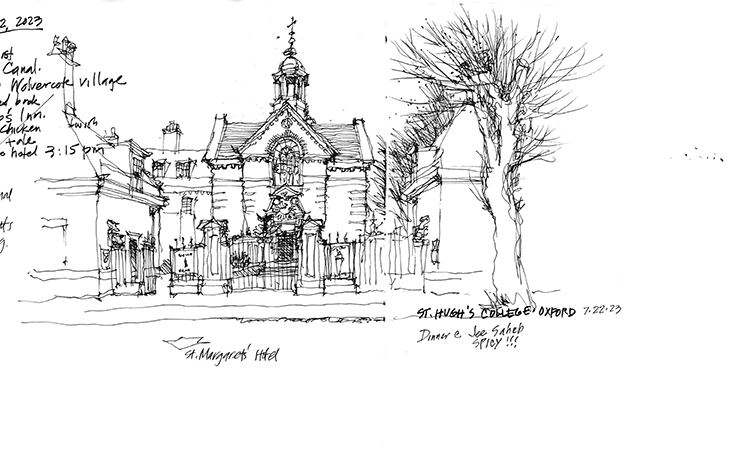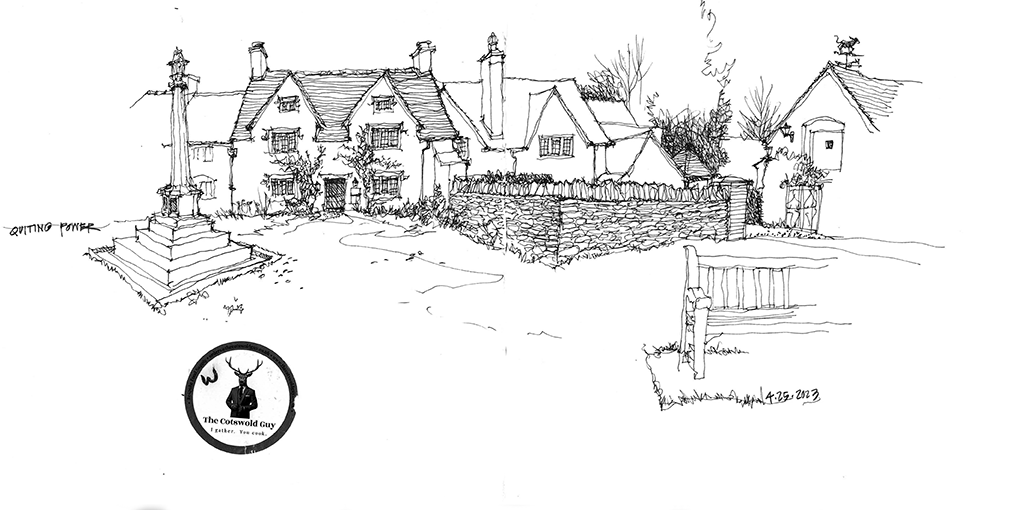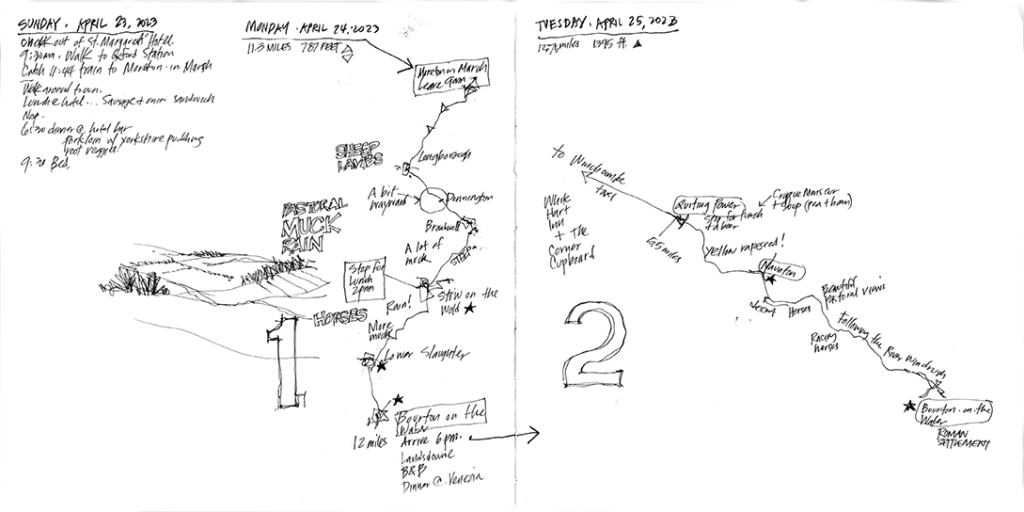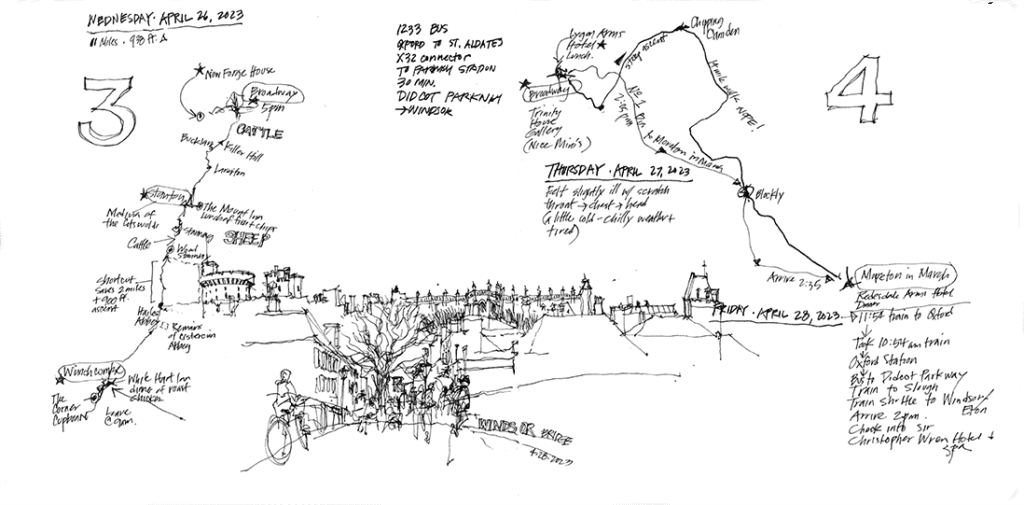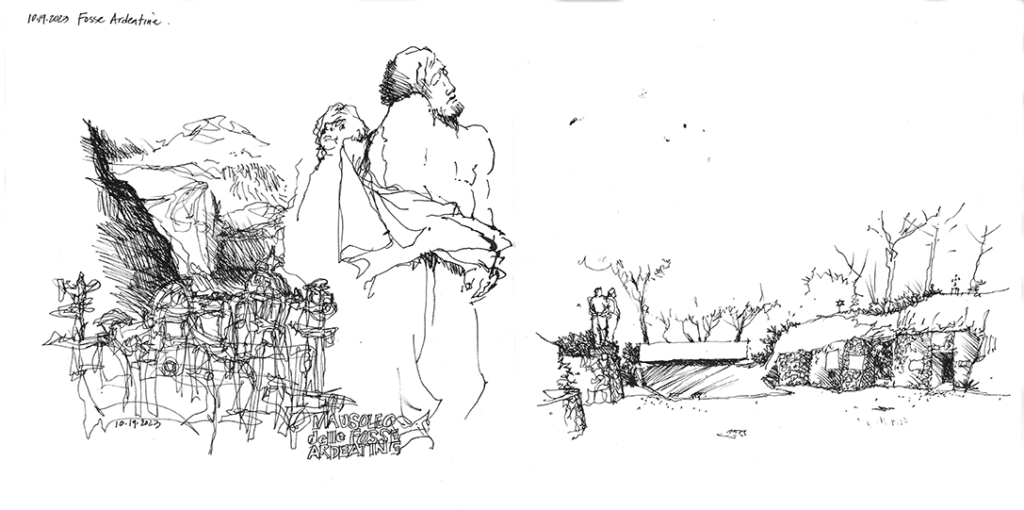
Fosse Ardeatine is a memorial cemetery and national monument located south of Rome where German occupation troops killed 335 civilians and political prisoners on March 24, 1944 in retaliation for an attack by Italian partisans against a German police regiment in central Rome the previous day.
SS officials decided to execute ten Italians for each German policeman killed in the guerrilla action. They selected the Ardeatine Caves, remnants of ancient Christian catacombs and a former pozzolana quarry, as the venue to carry out the shootings in secrecy. German engineers detonated explosives to seal the mouth of the caves and conceal the bodies of the victims.
The monument is the result of a national competition won by a collaboration of five architects (Nello Aprile, Cino Calcaprina, Aldo Cardelli, Mario Fiorentino & Giuseppe Perugini) and two sculptors (Francesco Coccia and Mirko Basaldella). Coccia created at the entrance to the site a colossal set of three male figures, The Martyrs, standing together as one with hands tied behind their back. The memorial itself is a vast concrete slab that hovers over 335 identical graves set in rows. On every anniversary of the mass slaughter, a solemn state commemoration is held at the monument in honor of the fallen.

